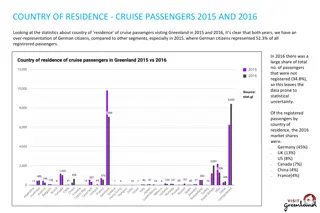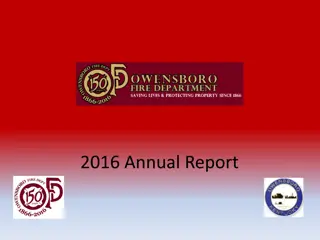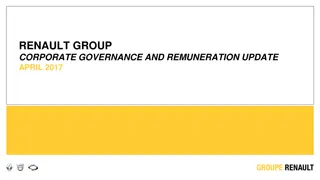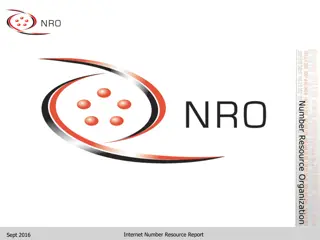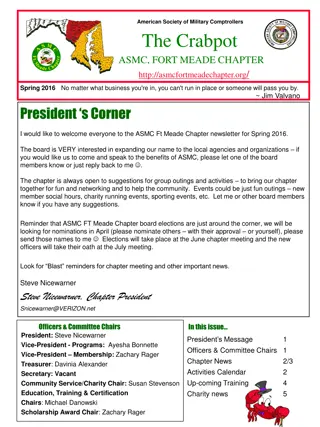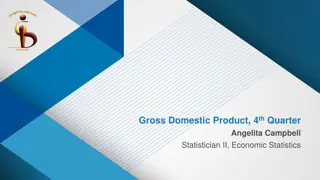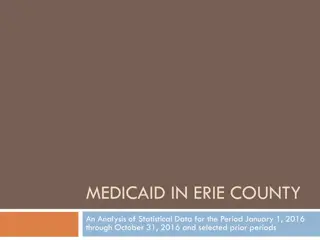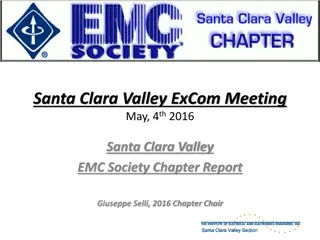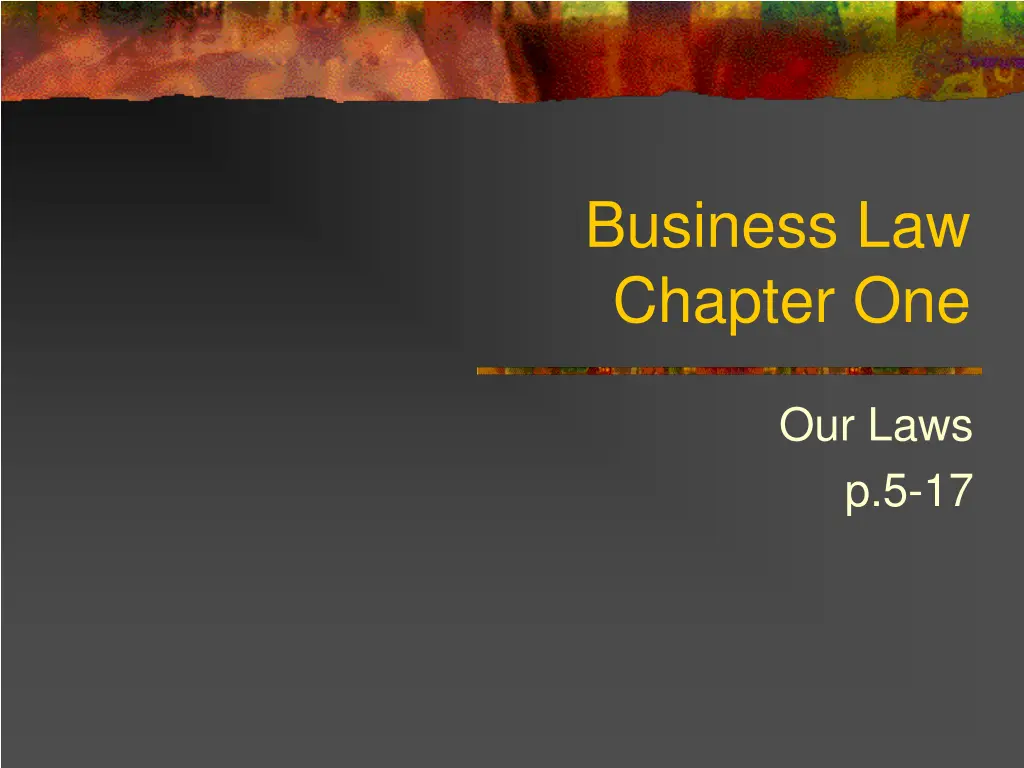
Evolution of Law and Common Legal Concepts
Discover the stages of law evolution, differences between common and positive law, and the role of law courts versus equity courts. Explore why laws are essential, basic legal terms, and the growth of law through historical stages.
Download Presentation

Please find below an Image/Link to download the presentation.
The content on the website is provided AS IS for your information and personal use only. It may not be sold, licensed, or shared on other websites without obtaining consent from the author. If you encounter any issues during the download, it is possible that the publisher has removed the file from their server.
You are allowed to download the files provided on this website for personal or commercial use, subject to the condition that they are used lawfully. All files are the property of their respective owners.
The content on the website is provided AS IS for your information and personal use only. It may not be sold, licensed, or shared on other websites without obtaining consent from the author.
E N D
Presentation Transcript
Business Law Chapter One Our Laws p.5-17
Section 1-1 Goals Explain the stages of evolution of law Describe the differences between common and positive law Describe the differences between law courts and equity courts
Hot Debate Page 4 Who was at Fault? 1. What arguments would Donna s Attorney present at the civil trial to determine who was negligent? 2. What arguments would Wilma s attorney present? 3.
Basic Terms Law Enforceable rules of conduct in a society Reflect the culture and circumstances that create them Code Laws grouped into an organized form Criminal, property, business, family, personal injury, labor laws
Stages in the Growth of Law 1. Individuals take revenge for wrongs done to them (personal revenge) 2 Someone will seize power (a.k.a. sovereigns) and develop solutions Awards of money or goods are substituted for revenge or people are punished 3. Court systems are formed (elders/priests) to help Sovereigns 4. Sovereign uses Courts to prevent problems (issues laws) or punish wrongs
Common vs. Positive Common Law Based on current standards or customs Usually pronounced by judges Used to settle disputes Example: Cigarettes Positive Law Dictated from above Usually from a higher central authority figure To prevent disputes before they happen * Laws should be both predictable and flexible
English Common Law In the beginning old fashioned barons acted as judges within their territories Disputes were settled based on local customs and enforced by the barons Because of this, laws of England differed from region to region thus causing hardship
English Common Law Example: Ox Cart Accident Page 6 The Kings Court 1150 by King Henry II Developed to create consistency among regions Appointed Judges Good weather months judges would ride circuit Bad weather months judges met in London to hear cases
English Common Law Kings Court Established: Jurisdiction- The power to decide a case Jury- Panel of citizens, to interpret local customs Unique to English Common Law Precedent- Use of prior cases as a guide for similar cases
English Common Law Injunction- Prohibits something from being done Read what s my verdict Page 6
Quick Review Page 8 Think about legal concepts Think critically about evidence
What are the Sources of our Laws? Constitutional Law Statutes Administrative Case 1. 2. 3. 4.
Sources or 4 levels of laws 1. Constitutional law: law made when the fundamental, SUPREME law of the land is adopted, amended or interpreted Deal with defining & allocating: Power in our society Power between people & government Power between Federal & State Govts. Power between Branches of Govt.
Constitutional Law Power between people & government Bill of Rights protects people from actions of the government I.Freedom of Speech, Press, Religion and Petition II.Right to keep and bear arms III.Conditions for quarters of soldiers IV.Right of search and seizure regulated V.Provisons concerning prosecution VI.Right to a speedy trial, witnesses, etc. VII.Right to a trial by jury VIII.Excessive bail, cruel punishment IX.Rule of construction of Constitution X.Rights of the States under Constitution
Constitutional Law Power between Federal & State Governments Federal government regulates foreign & INTERSTATE commerce State regulates INTRASTATE commerce
Constitutional Law Power among 3 branches of the government Executive, Legislative & Judicial System of checks & balances Back to sources/levels of law
Sources or 4 levels of laws The Federal Constitution created Congress State Constitutions create State Legislatures Laws created by these elected people are called STATUTES. 2. Statutes: laws enacted by state or federal legislatures (Congress or State legislature) Cigarette Label Affordable Care Act - Obamacare
State Statutes A statute is a formal written enactment of a legislative authority that governs a STATE, city, or country. Typically, statutes command or prohibit something, or declare policy. State Statute Activity
Sources or 4 levels of laws States delegate to local governments Their law are called Ordinances Ordinance legislation at the local level Ie. Philadelphia is Hands Free Back to sources/levels of law
Sources or 4 levels of laws 3. Administrative Regulations: Federal, state & local legislatures create administrative agencies These agencies form to CARRY OUT the laws With limited power they can create rules or regulations Examples: County Zoning Commission Pa Department of Transportation Social Security Administration Back to sources/levels of law Local State Federal
4 levels of law cont. 4. Case law: made when an appellate court endorses a rule to be used in deciding court cases STARE DECISIS to adhere to decided cases must follow established case law in deciding similar cases - a landmark decision that set a legal precedent. Enacted by JUDICIAL branch How to Read a Law Case
Basic Terms Constitution A document that sets forth the framework of a government & its relationship to the people it governs
What Happens when Laws Conflict? Any federal, state or local law that conflicts with the constitution is unconstitutional That law is invalid Turn to page 618 for some constitutional laws
Criminal Vs. Civil Law Criminal Law Define and set punishment for offences against society Violates citizen s right to live in peace Civil Law Define and set punishment for offences against individuals Example: tenant refuses to pay rent; owner can sue Crime- an offence against society
Criminal Vs. Civil Law What s your verdict? Page 11 Criminal or Civil? Both running through a stop sign is a crime against society - smashing into Bates is a civil offense
Law in the Media?? Read Karla Faye Tucker Case - P.12 Is execution ever justified as a punishment for crime? Why? / Why not?
Procedural vs. Substantive Examples How and when police can arrest How and when police can enter a property Methods used in a trial The right to a speedy trial for people accused of murder The doctrine of Stare Decisis is a procedural law Procedural Deals with methods of enforcing legal rights and duties Determine equitable remedies
Substantive Defines offences Example, laws which define the various degrees of murder are substantive laws, Premeditated Murder vs. Manslaughter, vs Vehicular Homicide The level of the crime is often connected to the mandatory sentencing Defines rights and duties Rules of conduct Except enforcement What to charge someone with connects to punishment
Business Law Covers rules that apply to business situations & transactions Most occur between merchant and consumer Concerned with Civil law Torts Private wrongs against people/organizations Manufactures make defective products
Open One Note Read Introduction to Civil Law Complete Worksheet
Review what you know Think Critically #1 9 #10 - 14 Your Legal Vocabulary #1 - 14 page 13 page 14
Partner Activity How to Read a Law Case Open Toub Shared Folder Project #1 Case Law



